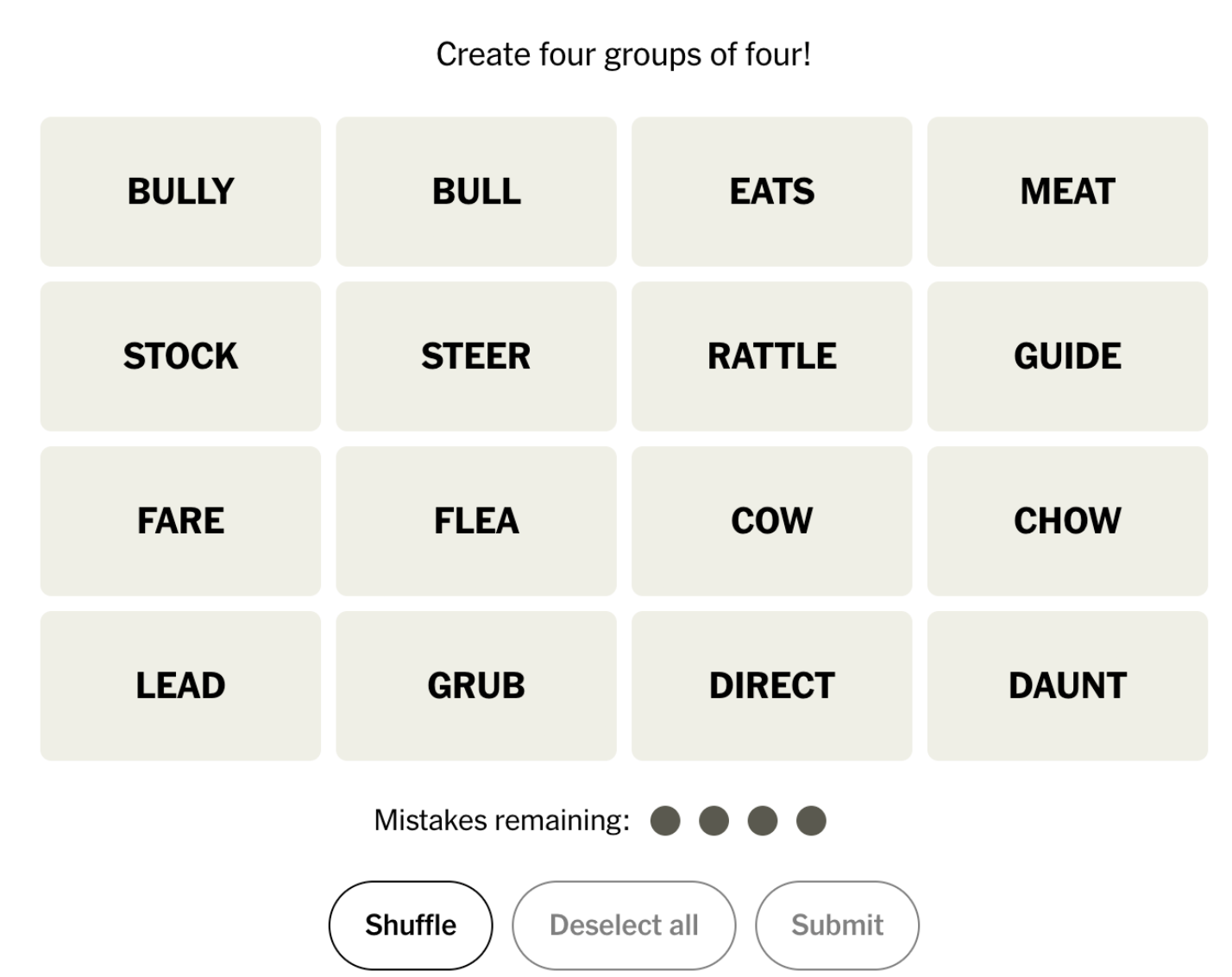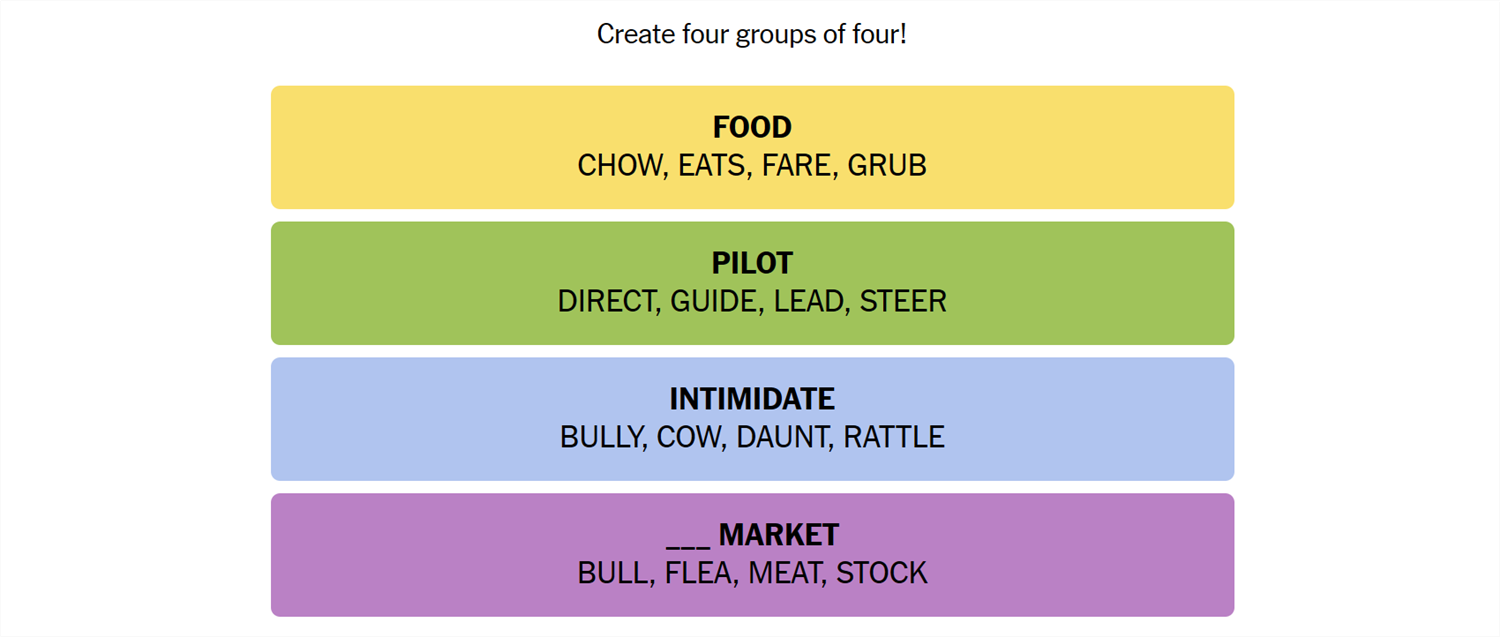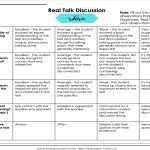Understanding bully, daunt, and rattle tactics is essential for recognizing psychological pressure and manipulation. These represent distinct approaches aggressors use to control or destabilize targets.
The Bully Tactic
This tactic relies on perceived or actual power imbalance to instill fear and force compliance. Bullies engage in overt intimidation to establish dominance. Common manifestations include:
- Verbal Harassment: Insults, name-calling, yelling, threats, and belittling comments.
- Physical Intimidation: Aggressive posturing, blocking paths, invading personal space, or implied violence.
- Social Exclusion/Manipulation: Spreading rumors, ostracizing the target from a group, or turning others against them.
- Public Humiliation: Mocking, ridiculing, or embarrassing the target in front of peers or colleagues.
The core mechanism is coercion through fear, leveraging the bully's position (physical strength, social standing, authority) over the target.

The Daunt Tactic
Daunting aims to instill apprehension, discourage action, or make a challenge seem insurmountable through psychological pressure. It focuses on creating self-doubt and fear of consequences. Key methods include:
- Intimidation Displays: Flaunting power, resources, connections, or past achievements to overawe the target before engagement.
- Implied Threats & Veiled Language: Using suggestive language ("It would be a shame if...", "You wouldn't want problems...") without explicit threats to create unease.
- Highlighting Obstacles & Risks: Exaggerating potential negative outcomes or difficulties to deter the target from pursuing a goal or opposing the aggressor.
- Psychological Pressure: Creating an atmosphere of tension and dread to undermine confidence and resolve.
Daunting manipulates perception, making a situation feel inherently threatening or unwinnable to paralyze the target.
The Rattle Tactic
Rattling seeks to disrupt composure, induce panic, or provoke an emotional or irrational response. The aggressor aims to knock the target off balance. Common techniques involve:
- Unexpected Confrontations/Questions: Ambushing the target with surprising accusations or complex challenges designed to fluster them.
- Interrupting & Talking Over: Preventing the target from speaking coherently to disrupt their train of thought and frustrate them.
- Rapid-Fire Demands or Insults: Overwhelming the target with a barrage of information, requests, or verbal abuse.
- Creating Chaos/Uncertainty: Introducing sudden changes, contradictory information, or manufactured crises to keep the target unstable and reactive.
- Personal Attacks on Sensitivities: Knowingly targeting insecurities or sensitive topics to trigger an emotional outburst.
Rattling exploits stress reactivity. A rattled person is more likely to make mistakes, reveal information, concede ground, or lose credibility.
Why Recognition Matters
Distinguishing these tactics is crucial. Bullying relies on direct power imbalance and overt fear. Daunting manipulates perception to induce discouragement or dread. Rattling directly attacks emotional control to provoke instability. Recognizing the pattern empowers individuals to assess the intent, strategize appropriate responses (e.g., firm boundary setting, disengagement, seeking support, maintaining composure), and avoid falling into predictable traps.












